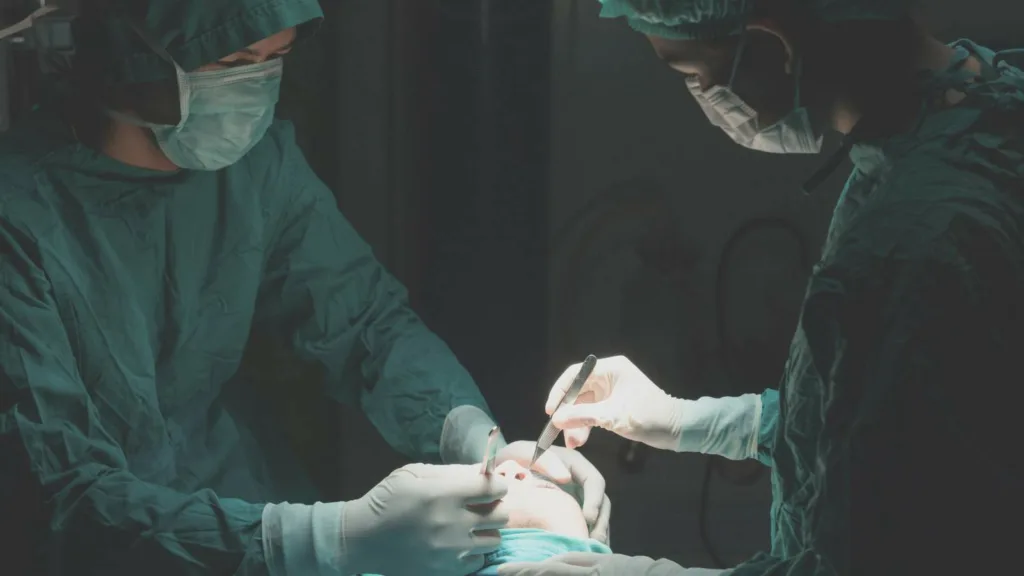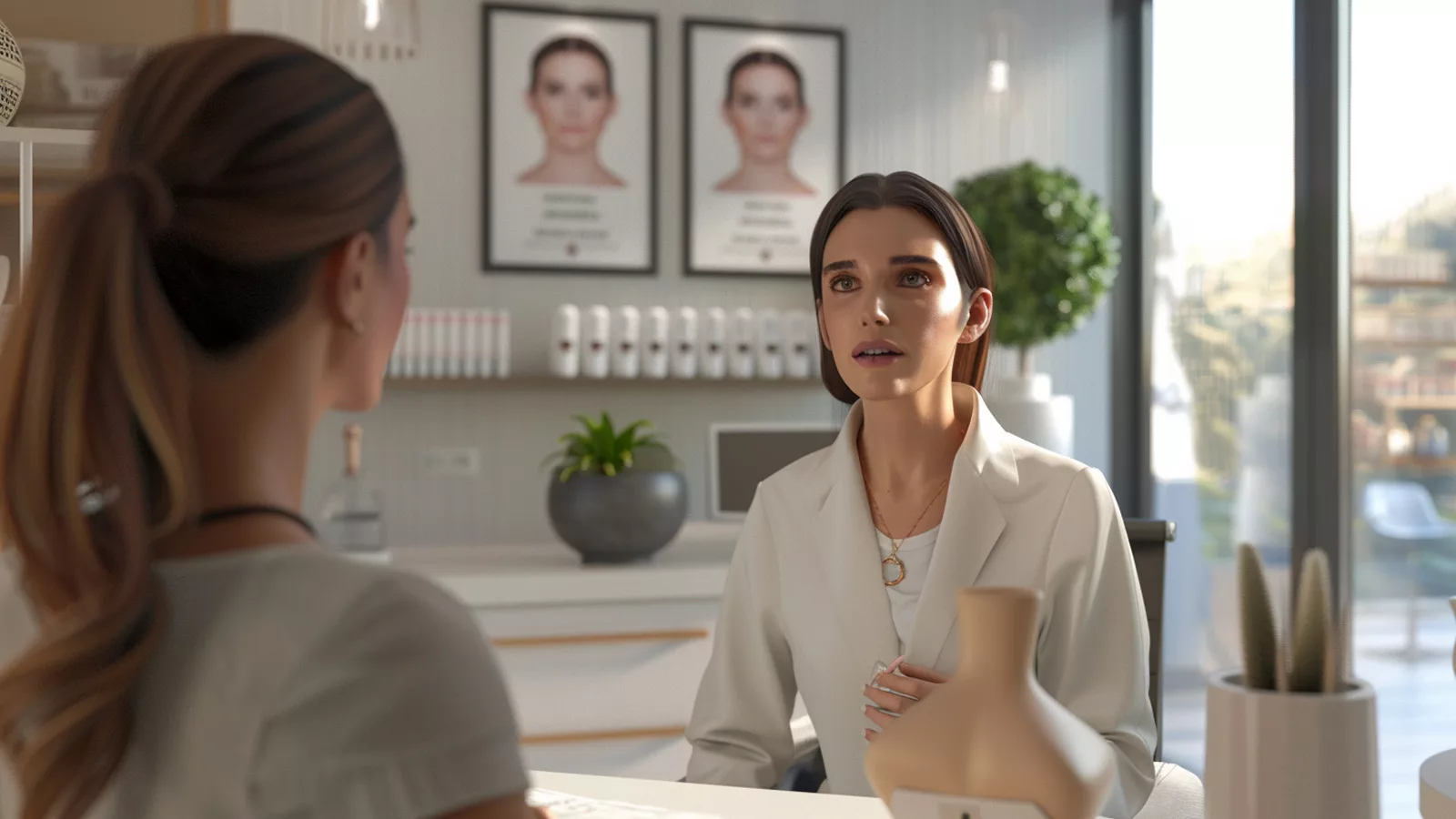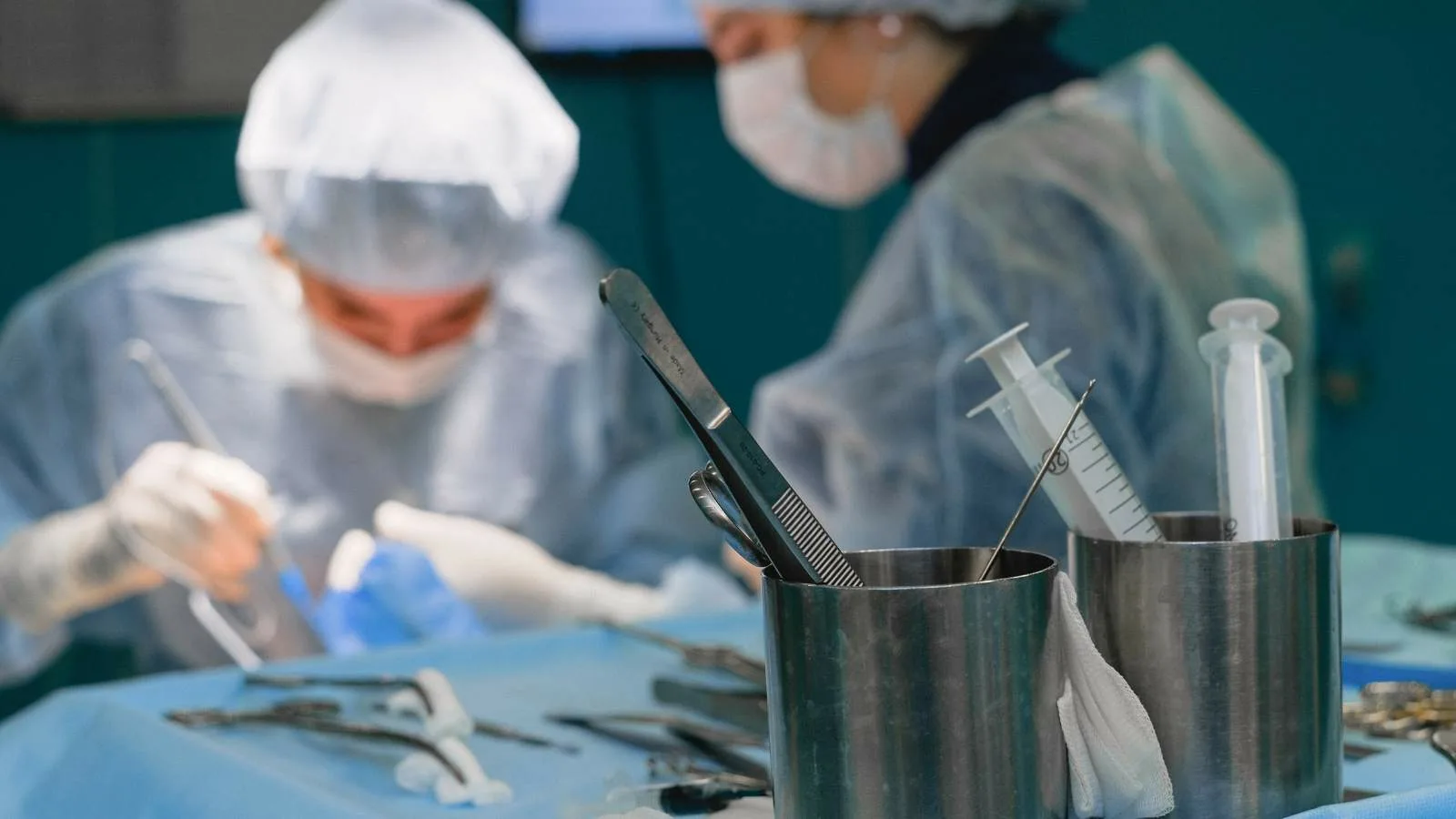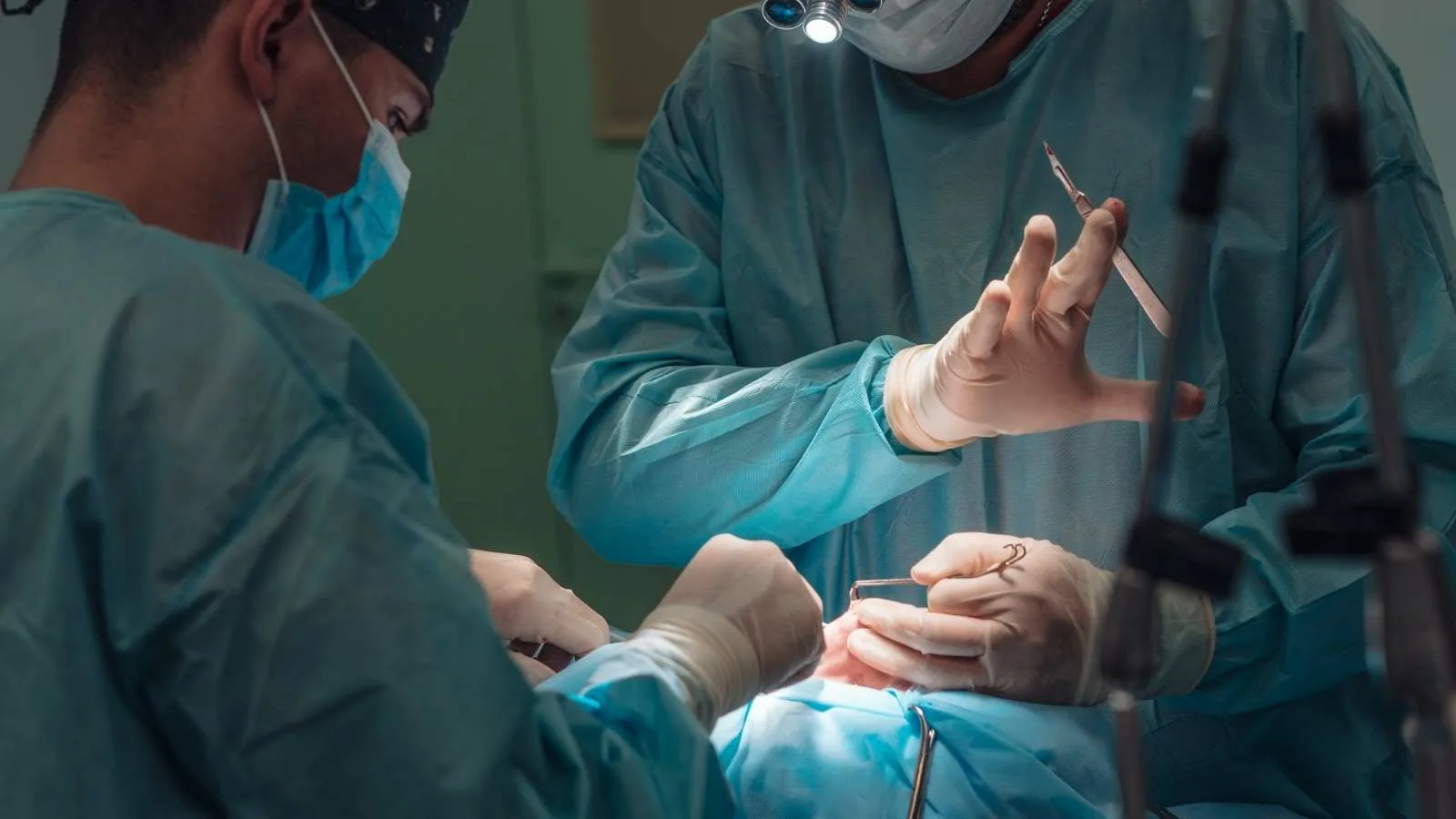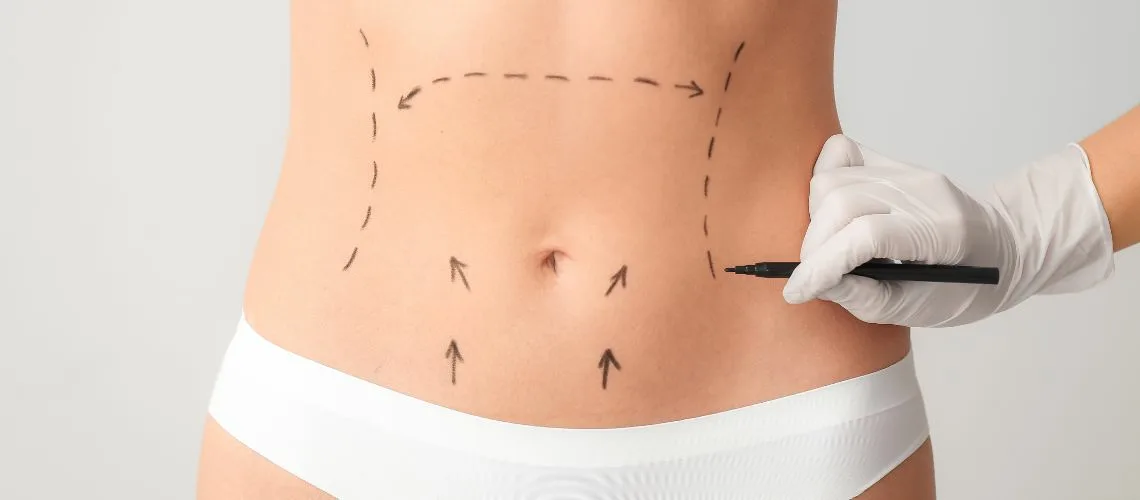The first recorded plastic surgery dates back to ancient civilizations, where reconstructive techniques were used for functional and aesthetic purposes. Historical evidence shows that nasal reconstruction was practiced in India as early as 600 BCE.
Ancient Egyptian, Roman, and Indian physicians developed early surgical methods to repair injuries caused by war or accidents. These pioneering practices formed the foundation of modern reconstructive and aesthetic surgery.
Significant advances in plastic surgery occurred during the 19th and 20th centuries, particularly in war medicine. Surgeons developed innovative techniques to treat facial and body injuries, leading to the establishment of plastic surgery as a medical specialty.
Today, plastic surgery combines advanced technology with refined surgical techniques. From its origins in antiquity to modern minimally invasive methods, the field continues to evolve, addressing both functional needs and aesthetic expectations.
How Did Ancient Civilizations Approach Aesthetic Surgery?
Although aesthetic surgery may seem like a modern concept, it has deep historical roots in ancient cultures. Around 600 BCE, the Sushruta Samhita from Ancient India detailed surgical procedures, including nose (rhinoplasty), ear (otoplasty), and lip reconstructions, often performed to correct deformities resulting from punishment. Notably, the use of autologous tissue demonstrates the advanced surgical principles of that era.
In Ancient Egypt, medical knowledge recorded in texts like the Edwin Smith Papyrus and the Ebers Papyrus covered trauma treatment and wound care. Although the primary focus was functional recovery, these surgical interventions also aimed for aesthetic improvement. The handling of nasal fractures and suture applications illustrates Egypt’s dual emphasis on health and appearance.
In Ancient Rome, Aulus Cornelius Celsus described facial deformity operations in his work, De Medicina. Surgeries such as rhinoplasty and otoplasty were carried out for both functional and aesthetic considerations, bolstering individuals’ social acceptance.
Across these civilizations, physical appearance was intimately connected to social status and personal dignity. Surgical interventions that corrected deformities benefitted not only the body but also psychological and social well-being.
When Did Surgery for Purely Cosmetic Reasons Begin?
Surgery performed solely for aesthetic purposes is a relatively new phenomenon in medical history. The late 19th and early 20th centuries marked a turning point for the development of cosmetic procedures, propelled by advances in surgical techniques, anesthesia, and antisepsis. These enabled safer, more precise, and more complex interventions.
One of the earliest recorded surgeries done purely for cosmetic improvement took place in 1891, performed by American otolaryngologist Dr. John Orlando Roe. Correcting a nasal hump on aesthetic grounds, Dr. Roe effectively laid the groundwork for modern rhinoplasty. These interventions not only enhanced physical appearance but also boosted individuals’ self-esteem and overall quality of life.
Similarly, German surgeon Jacques Joseph made significant contributions through pioneering methods to correct nasal deformities. His 1898 published work on nasal reduction rhinoplasty symbolized the evolution of cosmetic surgery as both a medical necessity and an art form.
Who Were the Pioneers of Modern Aesthetic Surgery?
The historical development of aesthetic surgery is the scientific journey of meeting individuals’ physical appearance and functional requirements. The discipline’s innovators established groundbreaking techniques and philosophies that shaped plastic and reconstructive surgery. Johann Friedrich Dieffenbach (1792–1847) was a founding figure in modern plastic surgery, developing procedures that improved both function and appearance in rhinoplasty. His work underpinned aesthetic surgery’s scientific basis.
Jacques Joseph (1865–1934), hailed as the “father of modern aesthetic surgery,” focused particularly on nasal operations purely aimed at enhancing appearance. Joseph’s achievements served as a turning point, legitimizing aesthetic surgery. Sir Harold Gillies (1882–1960) adapted war-zone surgical expertise to reconstructive and aesthetic surgery, revolutionizing facial reconstruction. His holistic approach broadened plastic surgery’s ethical and scientific scope.
Among women pioneers, Suzanne Noël (1878–1954) introduced innovative facelift techniques and underscored the psychological benefits of aesthetic surgery. Vilray Blair (1871–1955) combined reconstructive and cosmetic strategies in face surgery, while Tord Skoog (1915–1977) presented techniques that widened the discipline’s reach.
How Did Technological Advancements Shape the Evolution of Aesthetic Surgery?
Aesthetic surgery has evolved largely thanks to scientific and technological breakthroughs. Cutting-edge imaging and 3D modeling allow for more accurate surgical planning tailored to each patient’s anatomy, enabling reliable simulations of the final outcome. This personalized approach has elevated both surgical success rates and patient satisfaction.
Minimally invasive innovations have shortened recovery times and lowered complication risks. Procedures like laser-assisted liposuction optimize aesthetic results while stimulating collagen production and skin tightening—enhancing patient safety and comfort.
Robot-assisted systems and artificial intelligence (AI) add precision and consistency. For instance, robot-guided hair transplantation can achieve high accuracy, while AI’s abilities in data analysis and procedure planning boost predictability of results.
Advances in regenerative medicine have also extended aesthetic surgery’s capabilities. Kök hücre (stem cell) treatments promote natural tissue renewal, ensuring more organic and long-lasting transformations. Meanwhile, laser and energy-based technologies help surgeons offer less invasive yet potent solutions for skin rejuvenation and body contouring.
Lastly, CAD/CAM technology has simplified the production of patient-specific implants and prostheses, fine-tuning esthetic and functional surgical results. These technologies will likely continue to steer the future of aesthetic surgery.
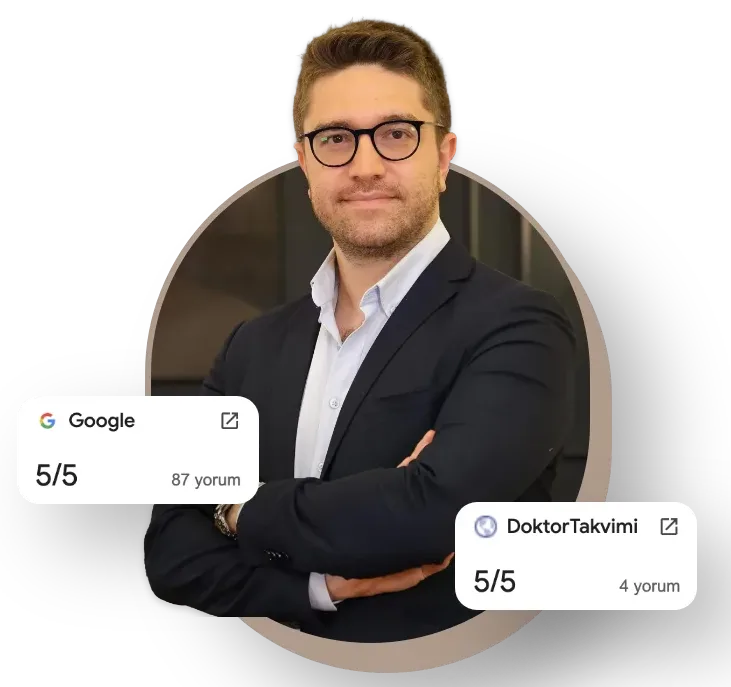
Op. Dr. Erman Ak is an internationally experienced specialist known for facial, breast, and body contouring surgeries in the field of aesthetic surgery. With his natural result–oriented surgical philosophy, modern techniques, and artistic vision, he is among the leading names in aesthetic surgery in Türkiye. A graduate of Hacettepe University Faculty of Medicine, Dr. Ak completed his residency at the Istanbul University Çapa Faculty of Medicine, Department of Plastic, Reconstructive and Aesthetic Surgery.
During his training, he received advanced microsurgery education from Prof. Dr. Fu Chan Wei at the Taiwan Chang Gung Memorial Hospital and was awarded the European Aesthetic Plastic Surgery Qualification by the European Board of Plastic Surgery (EBOPRAS). He also conducted advanced studies on facial and breast aesthetics as an ISAPS fellow at the Villa Bella Clinic (Italy) with Prof. Dr. Giovanni and Chiara Botti.
Op. Dr. Erman Ak approaches aesthetic surgery as a personalized art, tailoring each patient’s treatment according to facial proportions, skin structure, and natural aesthetic harmony. His expertise includes deep-plane face and neck lift, lip lift, buccal fat removal (bichectomy), breast augmentation and lifting, abdominoplasty, liposuction, BBL, and mommy makeover. He currently provides safe, natural, and holistic aesthetic treatments using modern techniques in his private clinic in Istanbul.

